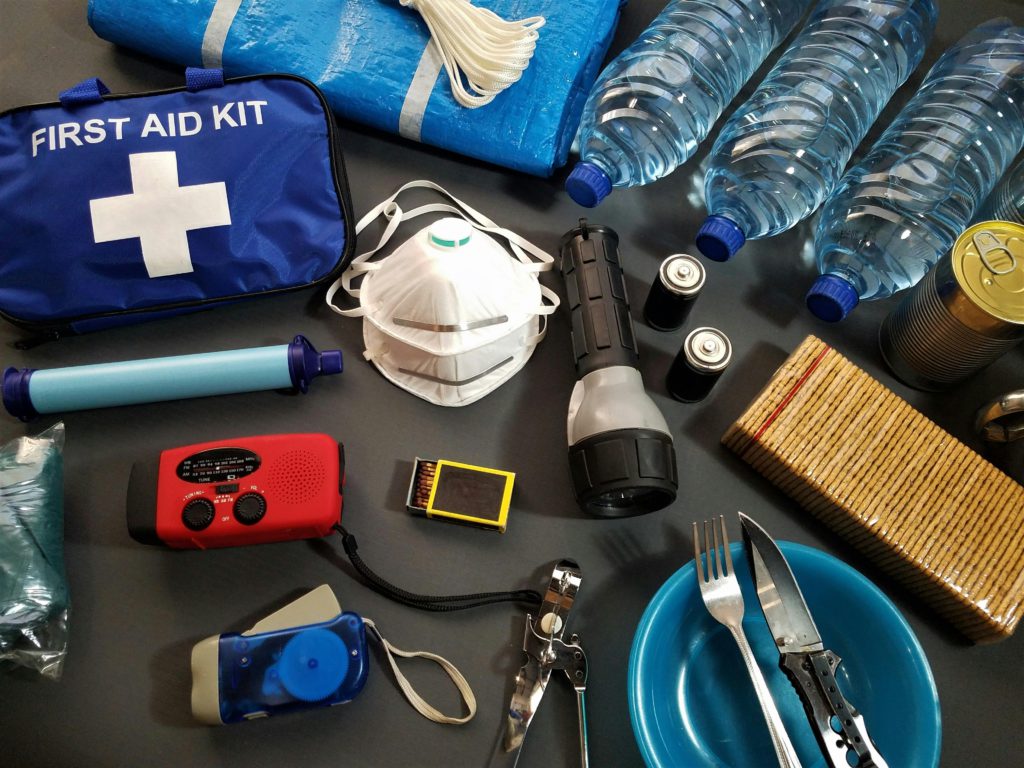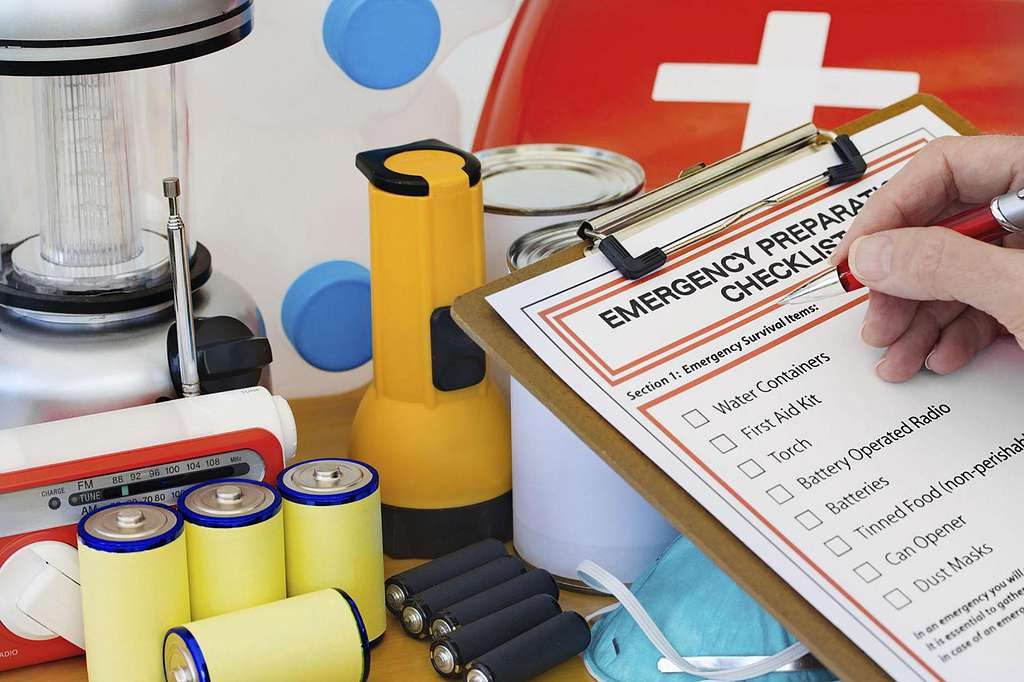Modern life runs on systems more fragile than most people realize, and the consequences of their failure are severe. Power grids, supply chains, and digital networks operate with dangerous interdependencies that create cascading vulnerabilities across entire regions.
When these systems inevitably break down, preparation becomes the difference between survival and catastrophe for unprepared populations. The experienced understand that system failures aren’t isolated incidents—they’re interconnected events that compound rapidly. Building real-world resilience isn’t optional anymore; it’s essential preparation for what’s already happening.
7. The Infrastructure House of Cards

Your power grid operates on infrastructure that’s reaching critical age limits, with equipment averaging 40 years old—well beyond recommended replacement cycles. These aging systems face mounting pressure from increased energy demands, electric vehicle adoption, and sophisticated cyber threats targeting critical infrastructure daily.
The reality is stark: we’ve built essential services around fundamentally unstable foundations, and when power fails, modern technological dependencies become immediate liabilities that threaten basic survival.
Since keeping your essential devices charged during a blackout is crucial for communication and safety, learn how to select the best portable power station so you’re not left in the dark.
6. Community Connections on Life Support

Social isolation has reached dangerous levels, with 54% of Americans disconnected from their communities compared to 78% globally who maintain strong local connections. This isn’t merely a social issue—it represents a critical survival vulnerability when emergencies overwhelm official response capabilities.
Traditional family and community structures have deteriorated while digital dependencies have increased, creating populations with minimal real-world support networks. We’ve exchanged proven community resilience systems for algorithmic connections that disappear precisely when survival depends on human cooperation and local knowledge.
5. Digital Reality Manipulation Central

Algorithms systematically control information flow, determining what populations perceive as reality through carefully curated content streams. Each interaction refines psychological profiles used to shape beliefs, creating isolated information environments that prevent accurate threat assessment.
These systems represent sophisticated population control mechanisms that determine which critical information reaches individuals during emergencies. The manipulation operates continuously, programming specific responses and limiting access to information necessary for informed survival decisions.
4. Warning Flares You’ve Been Ignoring

Recent major blackouts demonstrate escalating infrastructure vulnerability patterns that signal larger systemic failures ahead. The 2003 Northeast blackout disabled 55 million people across the U.S. and Canada, while the 2021 Texas grid collapse during Winter Storm Uri left millions without power for extended periods in life-threatening conditions.
European substation failures have triggered ongoing investigations revealing critical vulnerabilities throughout essential infrastructure networks. Each incident receives temporary fixes rather than comprehensive system hardening, leaving populations exposed to increasingly severe failure scenarios.
3. Cascading Failures Hit Different

Complete grid failure triggers cascading system collapses that threaten immediate survival across multiple essential services. Fuel distribution stops without electric pumps, communication networks fail when backup power depletes, and water treatment facilities shut down across affected regions. Food distribution chains collapse within 72 hours while financial systems become completely inoperable.
Essential emergency equipment becomes worthless without supporting infrastructure, and electronic payment systems offer no value when terminals lack power—basic preparedness items maintain functionality when advanced technology fails completely.
2. Action Steps Before Everything Breaks

Establish comprehensive preparedness systems before crisis conditions emerge and resources become unavailable to unprepared populations. Effective survival preparation requires building sustainable supply chains and skill sets that function independently of failing infrastructure systems.
Maintain minimum two-week reserves of shelf-stable food, water, and essential medications while developing practical emergency skills including first aid and alternative communication methods. Build local support networks with neighbors, secure independent power sources for critical equipment, maintain physical documentation, purchase survival gadgets, and keep cash reserves available when electronic systems fail during emergencies.
1. Real Resilience Beats Bunker Mentality

Serious preparedness requires acknowledging that complex systems fail regularly and building comprehensive resilience accordingly. Effective preparation transforms potential catastrophe into manageable challenges through established community networks that function when official response systems become overwhelmed.
Study successful models like Transition Towns that combine individual preparedness with coordinated community resilience networks. True survival readiness balances self-sufficiency with strategic interdependence, and communities with shared resources and coordinated skills survive major disruptions far more effectively than isolated individuals with limited capabilities.





























